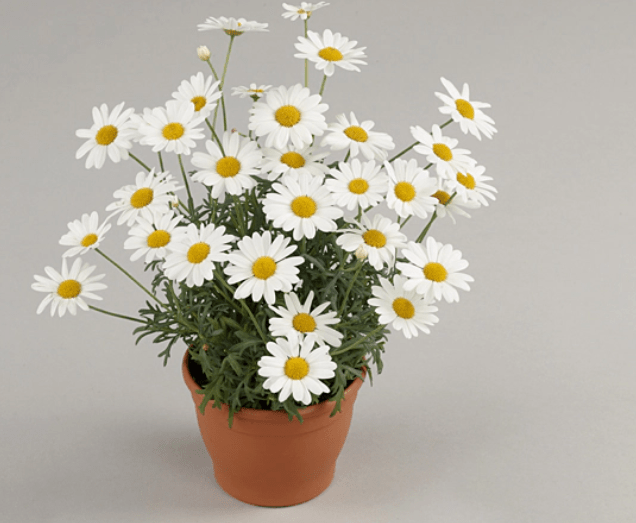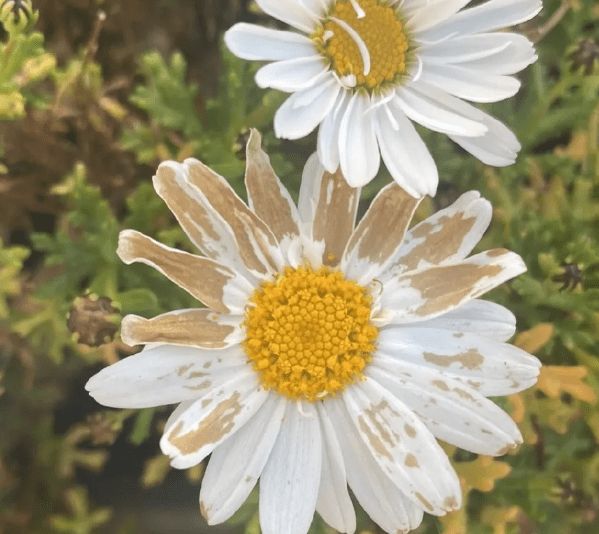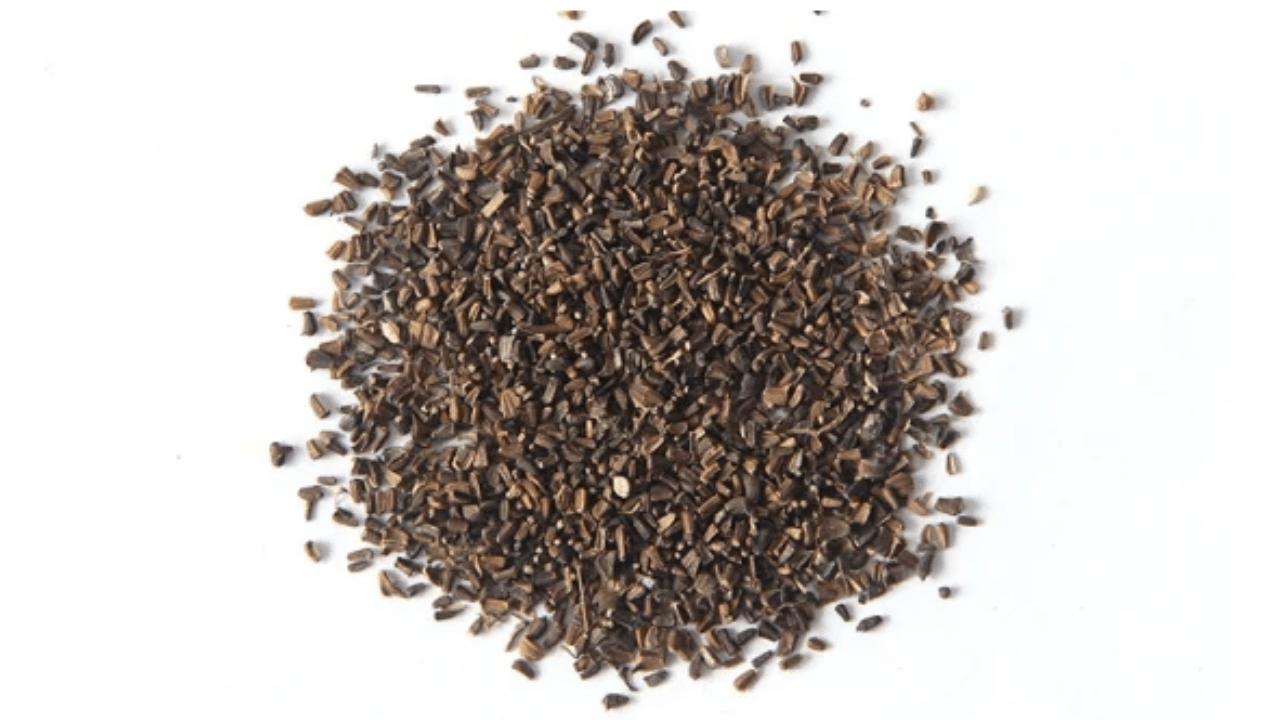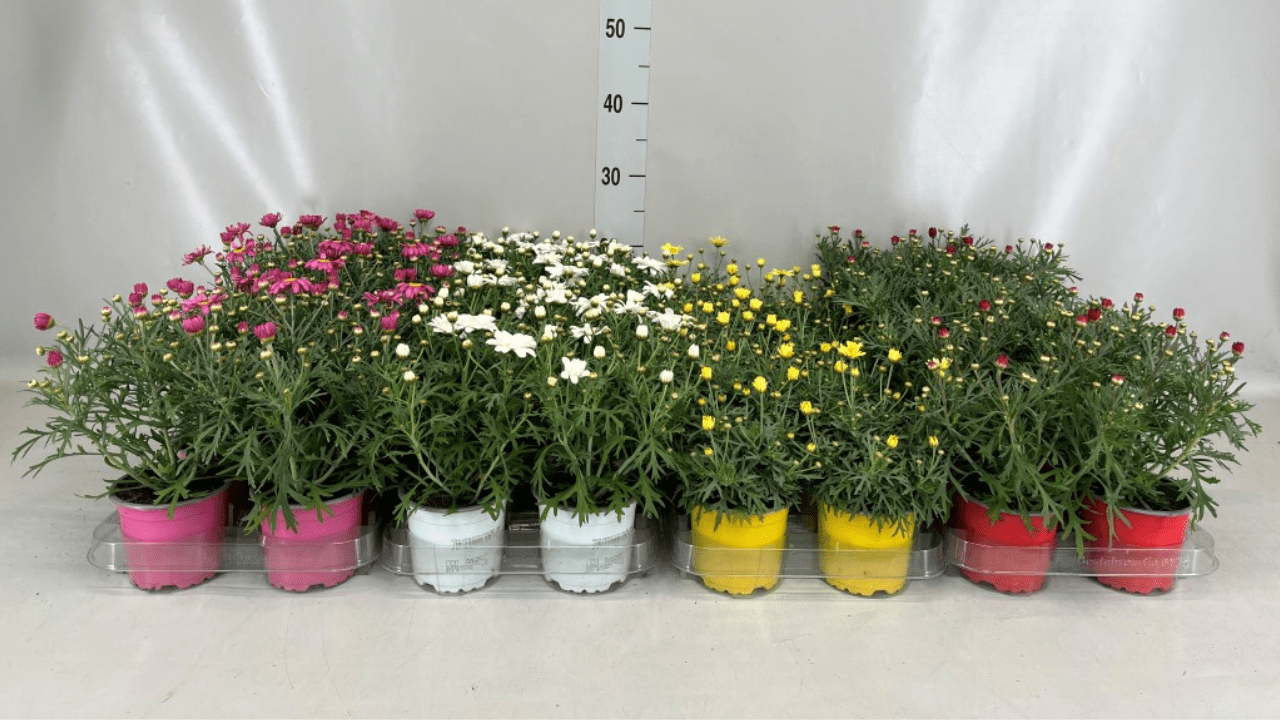
Argyranthemum Frutescens Plants: Essential Growing Tips for Beginners
Argyranthemum Frutescens, also known as Marguerite Daisy, is a beautiful and popular flowering plant that can brighten up any garden. If you’re new to gardening or just starting out with this particular plant, it’s important to understand the essential growing tips to ensure its health and vitality. From soil and sunlight requirements to watering and pruning techniques, this post will cover everything you need to know to successfully cultivate Argyranthemum Frutescens plants. Whether you’re a beginner or just looking to improve your gardening skills, these tips will help you enjoy a flourishing garden filled with beautiful Marguerite Daisies.
Table of Contents
ToggleUnderstanding Argyranthemum Frutescens
Argyranthemum Frutescens is essential for successful cultivation. This plant thrives in well-draining soil with a slightly acidic to neutral pH level. It requires full sunlight for at least 6-8 hours a day to bloom and grow consistently. When it comes to watering, it’s important to keep the soil evenly moist, but not waterlogged. Over-watering can lead to root rot, so it’s best to water the plant when the top inch of soil is dry. Additionally, regular pruning is necessary to encourage bushy and compact growth, as well as to remove spent flowers and encourage new blooms. By following these essential growing tips, beginners can successfully cultivate healthy and vibrant Argyranthemum Frutescens plants in their garden.
1.Botanical Classification
Argyranthemum Frutescens, also known as Marguerite Daisy, is a beautiful and popular plant for gardens. It belongs to the family Asteraceae and is native to the Canary Islands. Understanding the specific botanical classification of the plant can help gardeners provide the right growing conditions for it. This plant requires well-draining soil and full sunlight to thrive. It is important to keep the soil evenly moist and to prune the plant regularly to encourage healthy growth and abundant blooms. By following these tips, beginners can successfully cultivate Argyranthemum Frutescens in their garden.
2.Physical Characteristics
Argyranthemum Frutescens, or Marguerite Daisy, is a perennial plant with daisy-like flowers that come in a variety of colors, including white, yellow, and pink. It has a bushy and compact growth habit, with aromatic green foliage. The plant can grow up to 12-24 inches in height and 18-24 inches in width, making it a great choice for borders, containers, or rock gardens. Understanding the physical characteristics of the plant can help gardeners select the right location and growing conditions for it in their garden. With the proper care and maintenance, Argyranthemum Frutescens can thrive and produce beautiful blooms for the garden.
Varieties and Cultivars
1.Popular Varieties

Some popular varieties of Argyranthemum Frutescens include ‘Madeira Crested Yellow’, ‘Butterfly’, and ‘Madeira White’. These varieties offer a range of flower colors and petal shapes, allowing gardeners to choose the one that best suits their garden aesthetic. It’s important to consider the specific needs and characteristics of each variety when selecting the right one for a garden. With proper care, these varieties can add vibrant colors and beauty to any garden space.
2.Choosing the Right Variety for Your Garden

When choosing the right variety of Argyranthemum Frutescens for your garden, it’s important to consider the specific needs and characteristics of each variety. Popular varieties such as ‘Madeira Crested Yellow’, ‘Butterfly’, and ‘Madeira White’ offer a range of flower colors and petal shapes, allowing gardeners to select the one that best suits their garden aesthetic. Understanding the physical characteristics of the plant can help gardeners select the right location and growing conditions for it in their garden, ensuring that it can thrive and produce beautiful blooms.
Planting Argyranthemum Frutescens
1.Ideal Growing Conditions
Argyranthemum Frutescens thrives in full sun and well-draining soil. It’s important to plant them in a location that receives at least 6-8 hours of sunlight per day. They also prefer soil that is rich in organic matter and drains well to prevent water-logged roots. When planting, space the plants about 1-2 feet apart to allow for adequate air circulation and prevent overcrowding. Proper spacing will also help the plants receive sufficient sunlight and nutrients. With the right growing conditions, Argyranthemum Frutescens can flourish and produce an abundance of beautiful blooms.
2.Soil Preparation
Before planting Argyranthemum Frutescens, it’s important to prepare the soil properly. Start by loosening the soil to a depth of 12-15 inches and removing any weeds or debris. Incorporate organic matter, such as compost or well-rotted manure, into the soil to improve its structure and fertility. This will provide the plants with the necessary nutrients for healthy growth. Additionally, ensure that the soil has good drainage to prevent water-logged roots, as Argyranthemum Frutescens prefers well-draining soil. Proper soil preparation will create an optimal environment for the plants to establish themselves and thrive.
3.Planting Techniques
When planting Argyranthemum Frutescens, dig a hole that is slightly wider and deeper than the plant’s root ball. Gently remove the plant from its container and loosen the roots before placing it in the hole. Backfill the hole with soil, firmly pressing it down to remove air pockets. Water the plant thoroughly after planting to help settle the soil and promote root establishment. Consider applying a layer of mulch around the base of the plant to help retain moisture and suppress weeds. Proper planting techniques will ensure that the Argyranthemum Frutescens has a strong start and is able to establish itself successfully.
Care and Maintenance
1.Watering Needs
Argyranthemum Frutescens plants should be watered regularly, ensuring that the soil is kept consistently moist but not waterlogged. It’s best to water in the early morning or late afternoon to minimize evaporation and allow the plants to absorb the water effectively. During periods of hot, dry weather, you may need to increase the frequency of watering to keep the plants hydrated. Be mindful of overwatering, as this can lead to root rot. It’s essential to strike a balance and monitor the soil moisture to meet the plant’s watering needs.
2.Fertilization
Argyranthemum Frutescens plants benefit from regular fertilization to promote healthy growth and abundant flowering. Use a balanced, slow-release fertilizer specifically formulated for flowering plants, applying it according to the instructions on the package. Fertilize the plants in the early spring as they begin to grow and then again in midsummer to support continuous blooming. Avoid overfertilizing, as this can lead to excessive foliage growth at the expense of flowers. It’s important to provide the plants with the necessary nutrients to thrive while being mindful not to overdo it.
3.Pruning and Deadheading
Regular pruning and deadheading are essential for maintaining the appearance and health of Argyranthemum Frutescens plants. Prune the plants in early spring to remove any dead or damaged branches and promote a compact, bushy growth habit. Throughout the growing season, regularly remove faded flowers by deadheading to encourage continuous blooming and prevent the plants from expending energy on seed production. This will also keep the plants looking tidy and vibrant. It’s important to stay on top of pruning and deadheading to ensure the plants remain healthy and attractive.
By following these care and maintenance guidelines, you can support the growth and vitality of your Argyranthemum Frutescens plants, allowing them to thrive and grace your garden with their beautiful, colorful blooms.
Common Problems and Solutions
1.Pests and Diseases

Argyranthemum Frutescens plants are relatively resistant to pests and diseases, but they can still be susceptible to certain issues. Keep an eye out for common pests such as aphids, whiteflies, and spider mites, and promptly address any infestations with insecticidal soap or neem oil. Additionally, ensure proper air circulation and avoid overwatering to prevent fungal diseases such as powdery mildew and root rot. If any signs of pest or disease damage are observed, take immediate action to mitigate the issue and prevent further spread. By practicing proactive pest and disease management, you can help maintain the health and vigor of your Argyranthemum Frutescens plants.
2.Troubleshooting Growth Issues
If you notice any growth issues with your Argyranthemum Frutescens plants, such as stunted growth, yellowing leaves, or wilting, it’s important to assess the growing conditions and make adjustments as needed. Ensure that the plants are receiving adequate sunlight, water, and nutrients, and consider transplanting them to a more suitable location if necessary. Check the soil moisture levels regularly and adjust the watering schedule accordingly to prevent overwatering or underwatering. If the plants are showing signs of nutrient deficiencies, consider fertilizing them with a balanced, water-soluble fertilizer. By addressing any growth issues promptly and providing the necessary care, you can help your Argyranthemum Frutescens plants thrive and flourish.
Propagation Methods
1.Seed Propagation

Argyranthemum Frutescens plants can be propagated from seeds, which are typically sown in early spring. To propagate from seeds, start by lightly pressing the seeds into a well-draining potting mix and lightly covering them with a thin layer of soil. Keep the soil consistently moist and place the pots in a warm, sunny location. Germination usually occurs within 7-14 days. Once the seedlings have developed several sets of true leaves, they can be transplanted into individual pots or directly into the garden. With proper care and maintenance, the seedlings will grow into healthy, mature plants.
2.Cuttings Propagation
Another method of propagating Argyranthemum Frutescens plants is through cuttings. To propagate from cuttings, take 4-6 inch cuttings from healthy, mature plants in the spring or early summer. Remove the lower leaves from the cuttings and dip the cut ends in rooting hormone. Plant the cuttings in a well-draining potting mix and keep the soil moist but not waterlogged. Place the pots in a warm, bright location, and roots should develop within 4-6 weeks. Once the cuttings have rooted, they can be transplanted into individual pots or directly into the garden. This method is a great way to create new plants from your existing Argyranthemum Frutescens specimens.
Uses in Landscaping
1.Garden Design Ideas
Argyranthemum Frutescens, also known as Marguerite daisies, can be used in landscaping in a variety of ways. Their bright and colorful flowers make them a great option for adding pops of color to flower beds, borders, and containers. They also work well as ground cover or as a focal point in a mixed perennial border. Their tolerance for salt spray and wind makes them a good option for coastal gardens. Additionally, their ability to attract butterflies and other pollinators makes them a beneficial addition to any garden. Overall, Argyranthemum Frutescens can be a versatile and attractive addition to any garden design.
2.Container Gardening

Argyranthemum Frutescens can also be used in container gardening. Their compact size and vibrant blooms make them an excellent choice for adding color and interest to outdoor patio or balcony spaces. They can be planted in individual pots or combined with other annuals or perennials for a stunning display. Their ability to attract pollinators makes them a great option for creating a small pollinator-friendly garden in a limited space. With proper care and maintenance, container-grown Argyranthemum Frutescens can thrive and bring beauty to any outdoor space.
Benefits of Argyranthemum Frutescens
1.Aesthetic Appeal
Argyranthemum Frutescens are known for their vibrant and colorful blooms, making them a visually appealing addition to any garden or outdoor space. Their compact size and variety of colors make them a versatile option for adding visual interest to any landscape design.
2.Ecological Benefits
In addition to their aesthetic appeal, Argyranthemum Frutescens also provide ecological benefits. Their ability to attract butterflies and other pollinators helps support local ecosystems and promotes biodiversity. By incorporating these plants into your garden, you can contribute to the health and well-being of local wildlife and help maintain a balanced and thriving natural environment.
In conclusion, Argyranthemum Frutescens plants thrive in well-drained soil and full sunlight, making them a great addition to any garden. It’s important to water them regularly, but be careful not to overwater, as this can lead to root rot. Pruning is also important to encourage new growth and maintain the shape of the plant. By following these essential growing tips, beginners can successfully cultivate and enjoy the beauty of Argyranthemum Frutescens plants in their own gardens.
Frequently Asked Questionr
Argyranthemum frutescens plants thrive in well-draining, fertile soil with a slightly acidic to neutral pH.
These plants prefer full sun, so it’s best to place them in a location where they can receive at least 6-8 hours of sunlight each day.
It’s important to water these plants regularly, keeping the soil consistently moist but not waterlogged. Allow the top inch of soil to dry out before watering again.
Regular deadheading, or the removal of spent flowers, is essential to promote continuous blooming. Additionally, applying a balanced fertilizer every 4-6 weeks during the growing season can help encourage healthy growth.
Argyranthemum frutescens plants are not frost-tolerant and should be protected from freezing temperatures. In colder climates, they can be overwintered indoors or treated as annuals.
These plants can be propagated from stem cuttings taken in the spring or early summer. Simply remove a 4-6 inch cutting from a healthy, non-flowering stem, dip it in rooting hormone, and plant it in a well-draining potting mix
These plants are generally resistant to pests and diseases, but they may occasionally be susceptible to aphids, spider mites, or powdery mildew. Regular inspection and proper care can help prevent and address these issues.
Pruning the plants back by one-third in early spring can help promote bushier growth and more abundant flowering. Additionally, pinching back the growing tips throughout the growing season can encourage a more compact and lush appearance.
